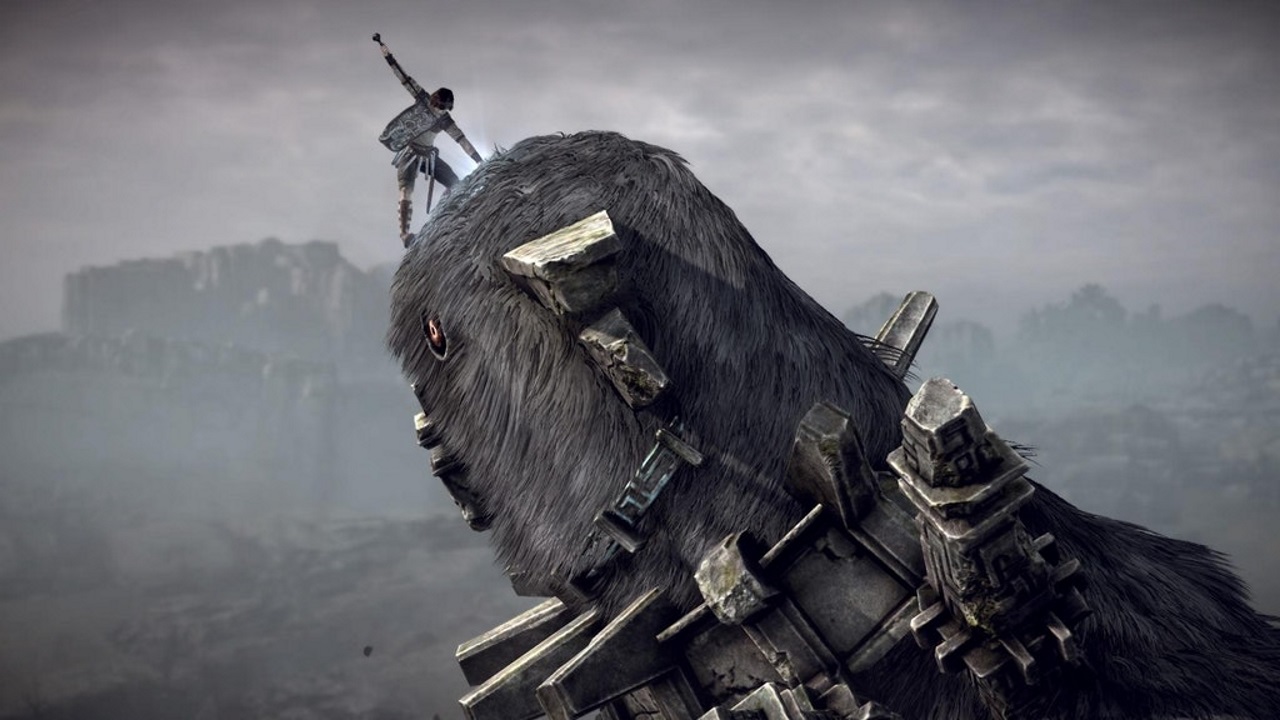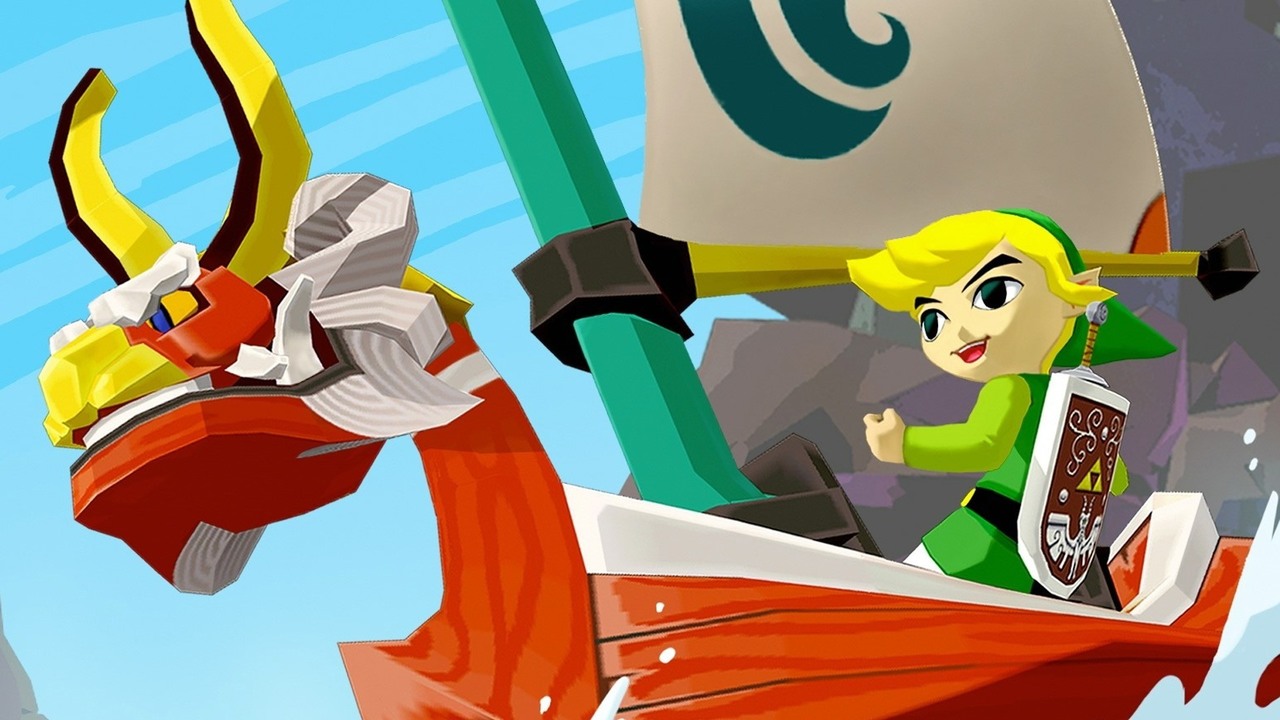Mastering the remaster: How the video game re-release became an art and a craft of its own
From Dark Souls to Xbox backward compatibility, remasters and re-releases are now about much more than cashing in.
That final question is what sets the new wave of remasters apart from the old days where it was enough to simply port a game so that it ran on the latest hardware. QLOC conducts extensive R&D on the original codebase to ascertain what will be possible, then puts together a pitch detailing what will be done, how long it will take, and what it will cost. At that point it becomes a matter of the publisher’s ambition and, of course, its bottom line. “For some, cost is super-important,” Ziajka says, “but for others it doesn’t matter: ‘This game just has to look as good as possible, work as fluid as possible, and that’s it’.”
As in any development project, a green light is naturally just the beginning. And there will be countless little fiddly problems to solve along the way. What makes the work done by QLOC and other companies of its kind different is that every one of those problems is caused by something created by a different developer, typically years before, and often halfway around the world. QLOC, like other remasterers, can get legacy code up and running in its engine in months. Then comes the brutal stuff.

“One of the most common problems we have is when we’re trying to upgrade the game so it runs faster and more fluidly,” says lead programmer Cyryl Matuszewski. “Ninety per cent of the time, we have issues with it. When a game is being created, especially for consoles, it’s common to have a target [framerate] lock. Old games were targeted at 30fps; now we’re moving to a new console, we want to play it at 60fps, and it simply doesn’t work.
The logic changes. The animations look weird, they’re jittering. Physics break. We might have to rewrite algorithms so they behave exactly the same way in 60fps as they did at 30. We might have to change the levels, move the geometry, or move the doors so they stay open at the new framerate. It’s the hardest work; it involves some creativity, rather than just craftsmanship.”
Then there are political issues to navigate. The fuss over the changes to Dark Souls Remastered shows that some die- hard players want the original experience, warts and all, and it appears that applies to publishers too, when it suits them. Cyryl recalls doing extensive work on the user interface during QLOC’s work on 2012 PS3 release Devil May Cry HD Collection, replacing the blurry PS2-era in-game typeface. Many months later, an edict from Capcom Japan saw all that work thrown away; the original UI remained, in all its ancient, blurry non-glory. Cyryl points out, wryly, that it was rapturously received by the original game’s most passionate fans.
We can rebuild it. Better than it was before

Yet on another remaster project for Capcom, QLOC did the opposite, tweaking Resident Evil 4’s aiming system for its release on PC. Again, the response was positive. “People are getting accustomed to remasters and ports, but they’re also anticipating that when it comes out, there should be additional features,” Matuszewski says. “When we started doing remasters, it was just a pure port, like, one-to-one. Now we’re putting in new content, additional features, extra levels, characters, difficulty modes. People like that.”
There was no new content in Bluepoint’s lavish remake of Shadow of The Colossus, which launched in February and set an absurd new standard for visual fidelity in an old game reborn. Even before that, Bluepoint was widely regarded as the master of its craft, bringing the Uncharted, God Of War and Metal Gear Solid series up to modern standards, and even working in the other direction by squeezing early Xbox One title Titanfall onto Xbox 360 with minimal compromise. It has made a career out of playing around with other people’s code.
Sign up to the GamesRadar+ Newsletter
Weekly digests, tales from the communities you love, and more
“We’ve been really fortunate to find really strong talent that can pull apart codebases, convert the code and original assets, and get the original game up and running on our target platform within a few months,” technical director Peter Dalton tells us. “Once you’ve seen numerous engines you’re no longer that surprised by the odd way in which each original team uniquely solved problems. Each game engine has common components and systems, and while the implementation and feature sets might differ, the basic building blocks are very similar.”

Ultimately, this is still game development. Dalton points out how, before they had even looked at a line of the code that controlled Agro, the protagonist’s horse in Shadow of The Colossus, the team knew the steed would be driven by typical systems: for animation, collision, physics and, in particular, traversal. “We learned early in the project the system Agro uses for navigation, and so our environment artists were able to update the navigation data as they remade the environment.” Every time a new asset was created, it would be assigned a value the Agro AI would understand how to deal with. “Apparently,” Dalton says, “Agro does not like large rocks.”
Understanding another studio’s engine and code is the foundation of remastering, and frequently, in Bluepoint’s case, a perk of the job; plenty of developers around the world would give an arm to peek under Uncharted’s hood, or to see what Respawn did to Valve’s Source engine in the making of Titanfall. By working this way, Bluepoint’s staff learn a lot, indirectly, from some of the best technical minds in the business; little wonder that they, too, would level up along the way.
Old meets new, and both get stronger

And it’s Bluepoint’s own engine that sets this studio’s work apart. While traditional developers transition to new tech between projects or console generations, Bluepoint has been using its internal engine for as long as it’s been in business – and along the way it’s been improved by magic from Naughty Dog, Respawn, Sony Santa Monica and all the rest. The games Bluepoint ships do not run entirely on its engine; rather, they use a hybrid of Bluepoint’s and the original games’ tech, in what Dalton calls “a carefully choreographed dance, data handing back and forth between the two engines while delegating responsibilities and managing communication.” It is the same engine every time, yet it is different, and it gets better for every new engine with which it must learn to play nicely.
Shadow of The Colossus was, however, a unique project. Bluepoint staffed up considerably, doubling its headcount, most of that number naturally being the artists required for the biggest asset-creation job the studio had ever taken on. Mindsets and processes had to change, since art direction had never really been an issue for the studio; suddenly it needed to spend days in meetings discussing what the game should actually look like, and how to achieve it within budget.
The game’s open, sprawling structure forced a change in approach for a studio that normally broke projects up into discrete levels, and posed a further technical headache as Bluepoint pondered how to make Team Ico’s barren world feel more modern without filling it with so much detail as to tank performance.
Nathan Brown is a video game consultant and writer, and former editor of Edge magazine. He's now a freelance journalist, still writing for Edge magazine, but his main passion is writing Hit Points, a regular newsletter about the videogame industry.



